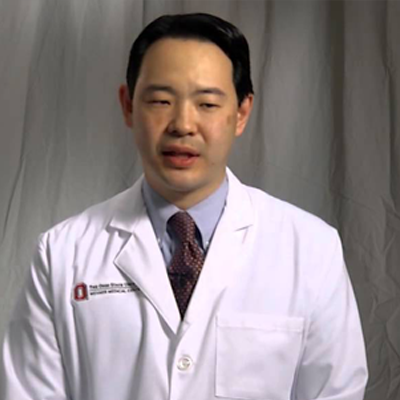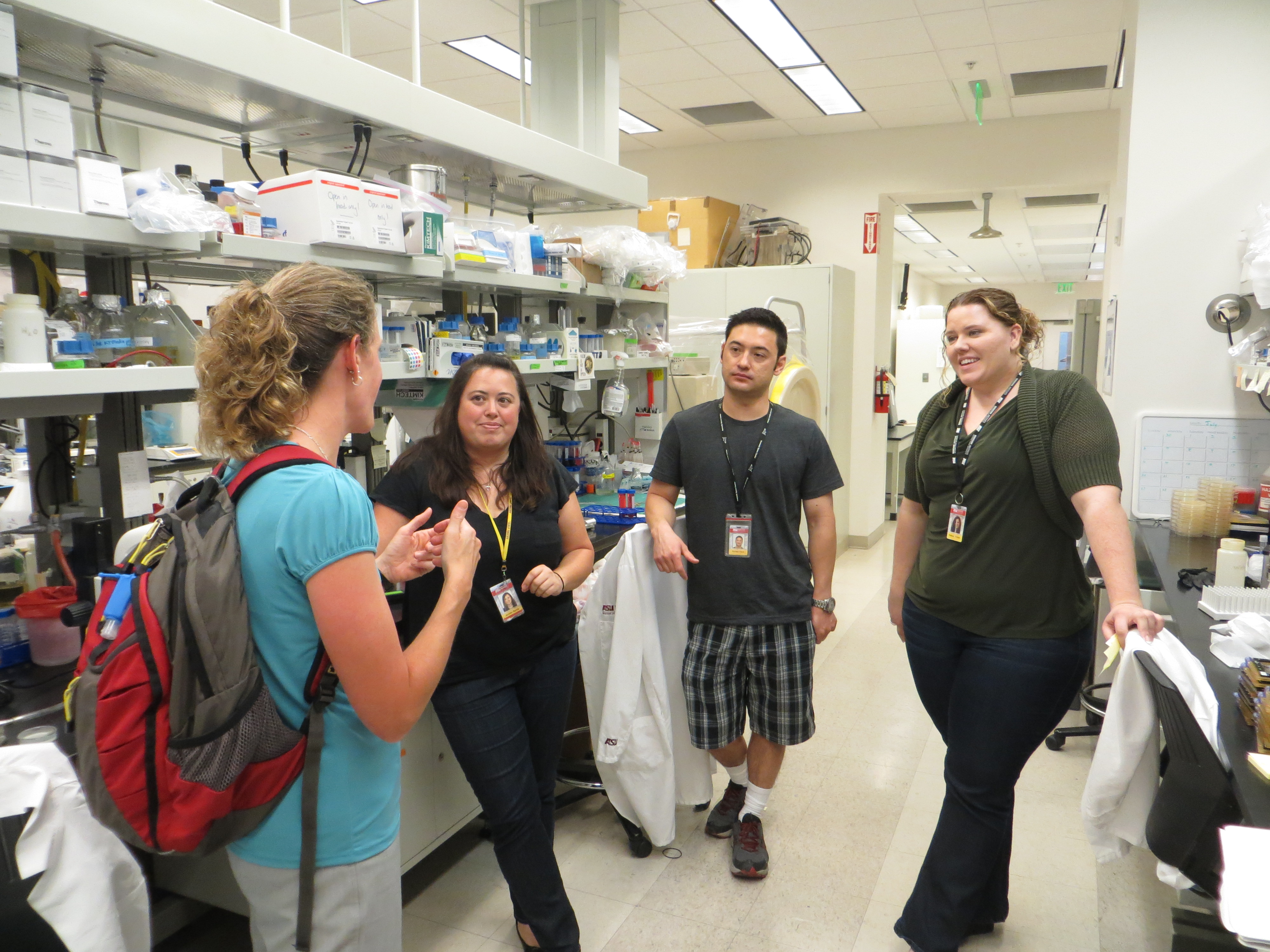This particular study is important because future exploration of the moon, asteroids or Mars will require long periods of space travel, which creates increased risk of health problems such as atrophy of the heart muscle. In addition, because conditions in space mirror the effects of aging on Earth, the finding of this research could not only help astronauts but also advance the study of heart disease and the development of drugs and cell replacement therapy here on Earth.
In this experiment Principle Investigators (PI’s) Dr. Joseph Wu of Stanford University and Dr. Peter Lee of The Ohio State University use human heart cells derived from non-embryonic stem cells to look for changes in things like beat rate, morphology and gene expression while in the microgravity environment of space.
Now Orion’s Quest (OQ) is offering teachers the opportunity to get their students directly involved in this major new research by joining the “Stem On Station” (SOS) OQ mission. Participating teachers will be provided with curriculum materials, suggestions for classrooms activities and access for students to analyze actual video of the heart cells from both the space-based and ground-based experiments. Student data will be forwarded to the PI’s for possible inclusion in their databases.




